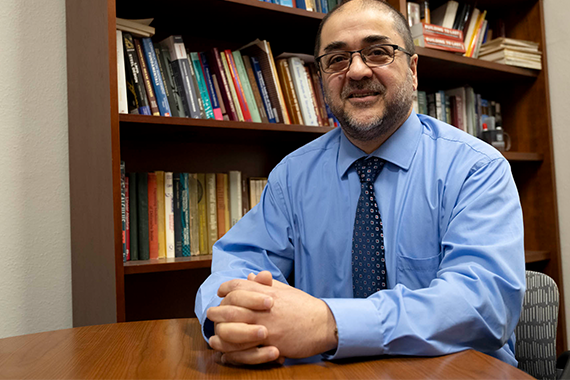
Salim outlines new way to predict laminated glass failure
A Mizzou Engineer has outlined an innovative new way to simulate and predict how laminated glass windows might fail during an explosion. Hani Salim, a professor of civil and environmental engineering, and his team have created a simulation approach that integrates detailed modeling with a relation considering both elasticity and damage.
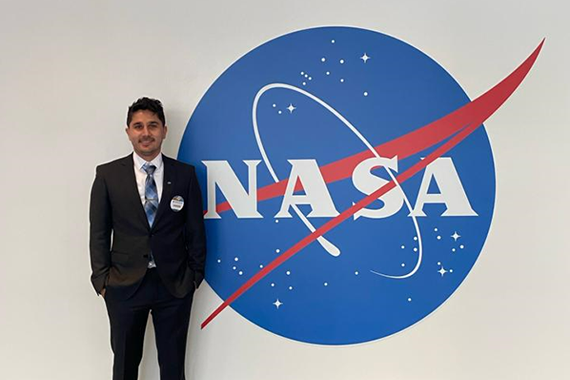
Through internship at NASA, Mizzou Engineer finds satellite imagery key to monitoring environmental changes
The ice that used to cover roughly 85% of Alaska is thawing, causing ground to collapse and putting communities at risk. Jaweed Nazary, a Ph.D. student in civil and environmental engineering, has found that satellite imagery is key to pinpointing exactly which locations are most susceptible to these changing conditions.
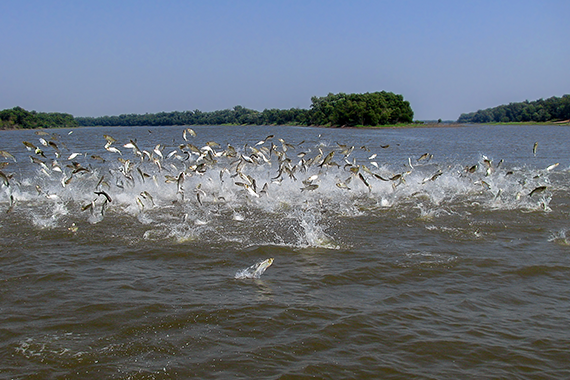
Missouri Water Center helps secure three USGS National Competitive Grants
With support from the Missouri Water Center, three Mizzou researchers have been awarded highly competitive grants through the U.S. Geological Survey’s (USGS) Water Resources Research Act Program. The National Competitive (104G) Grants aim to promote collaboration between USGS and university researchers on significant national and regional water issues.
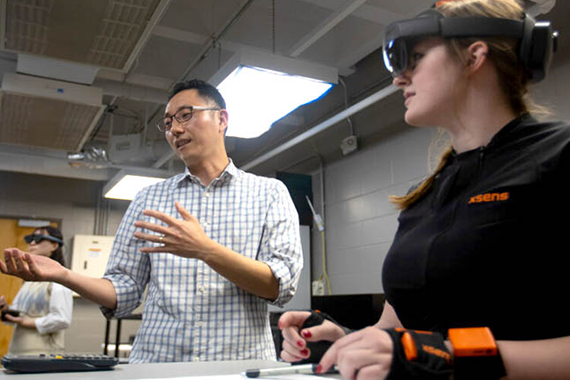
Study finds correlation between metacognition and effectiveness of virtual instructors in remote classes
Augmented and virtual reality are changing the way universities can offer remote and online courses. These technologies allow for course materials to be presented to students in a more engaging and interactive way. However, right now, there’s a disconnect between the “wow” factor and what students actually learn using these technologies.
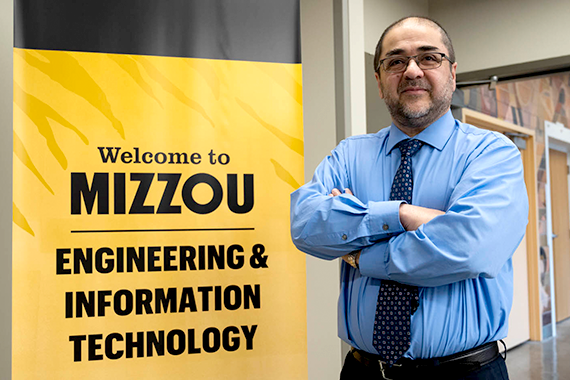
Salim named chair of Department of Engineering and Information Technology
Professor Hani Salim has been named chair of the Department of Engineering and Information Technology at Mizzou Engineering.
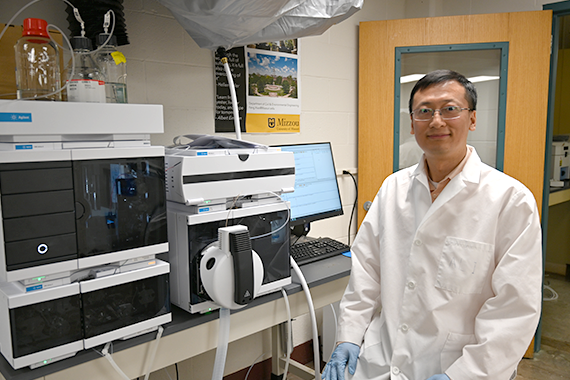
Engineering professor outlines challenges, strategies around ‘forever’ chemicals in Nature Water journal
Water treatment systems in the U.S. are more than a century old, allowing contaminants to pollute our drinking water and cause health problems. There are technologies that would help states and cities filter out these chemicals without having to replace entire treatment systems; however there’s no mandate for governments to install them. Short of that, there are non-technical solutions that could help reduce pollution levels. Civil and Environmental Engineering Associate Professor Feng “Frank” Xiao outlined these challenges and strategies in a paper published in a Nature journal, Nature Water. Xiao is specifically looking at ways to treat per- and polyfluoroalkyl substances (PFAS), or 'forever' chemicals, which are found in household and industrial products. These chemicals are ending up in our water and causing various medical conditions.

Korkali solving challenges around power grids as energy demands rise
From electric vehicles to electric heat pumps, Americans are plugging in more than ever. While that’s reducing emissions, it’s also creating increased demand on power grids — which are already more susceptible to blackouts as extreme weather becomes the norm. That’s where Mert Korkali comes in. Korkali is an assistant professor in electrical engineering and computer science, and he studies sophisticated approaches to upgrading and securing power grids.
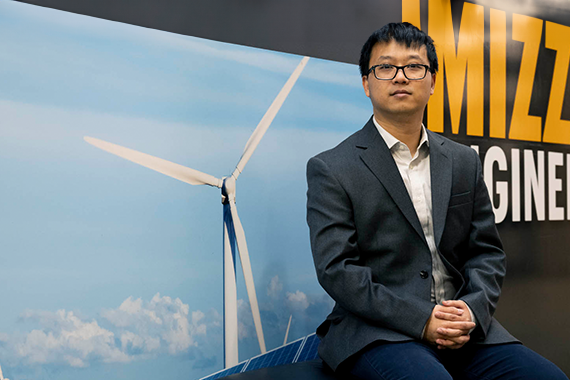
Huang excited to usher in new generation of power electronics, converters
As more homes, industries, and power grid systems utilize solar and other renewable energy, and more vehicle owners switch to electric vehicles (EVs), the need for power converters is on the rise. But right now, they’re still expensive and not as efficient and compact as they could be. Qingyun Huang is working to change that. An assistant professor in electrical engineering and computer science, he’s excited to help usher in a new generation of power electronics that are efficient, compact, affordable, and reliable.

Mizzou Engineering secures Nanoscribe Quantum X Shape 3D printer
Purchased with nearly $1 million from a U.S. Army Engineer Research and Development Center (ERDC) grant, the Quantum X shape from Nanoscribe, a Bico company, uses a process called two-photon lithography to rapidly cure a liquid resin, making it ideal for rapid prototyping and wafer-scale processing of any 3D shape. It’s the fastest and most accurate 3D printer for high-end microfabrication tasks on the market. Mizzou Engineering is one of just a few U.S. organizations to have the printer in and one of fewer than 100 around the world.
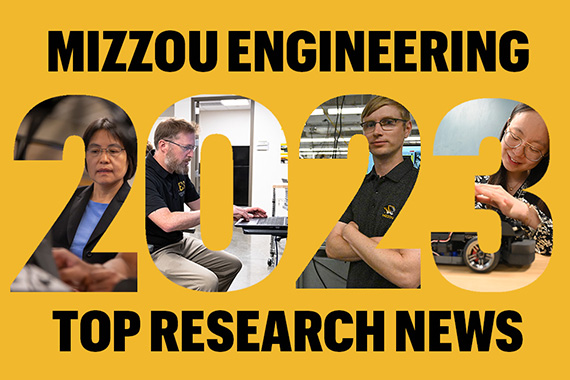
Mizzou Engineers advanced energy, AI, materials, transportation, health in 2023
This past year, Mizzou Engineers worked on significant solutions to society’s most-pressing challenges. They advanced nuclear power. They studied ways to turn leftover bread crust into plastics that will degrade naturally in the environment. They made artificial intelligence explain itself. They invented new materials, investigated self-driving trucks and came up with an innovative system to optimize blood supplies.